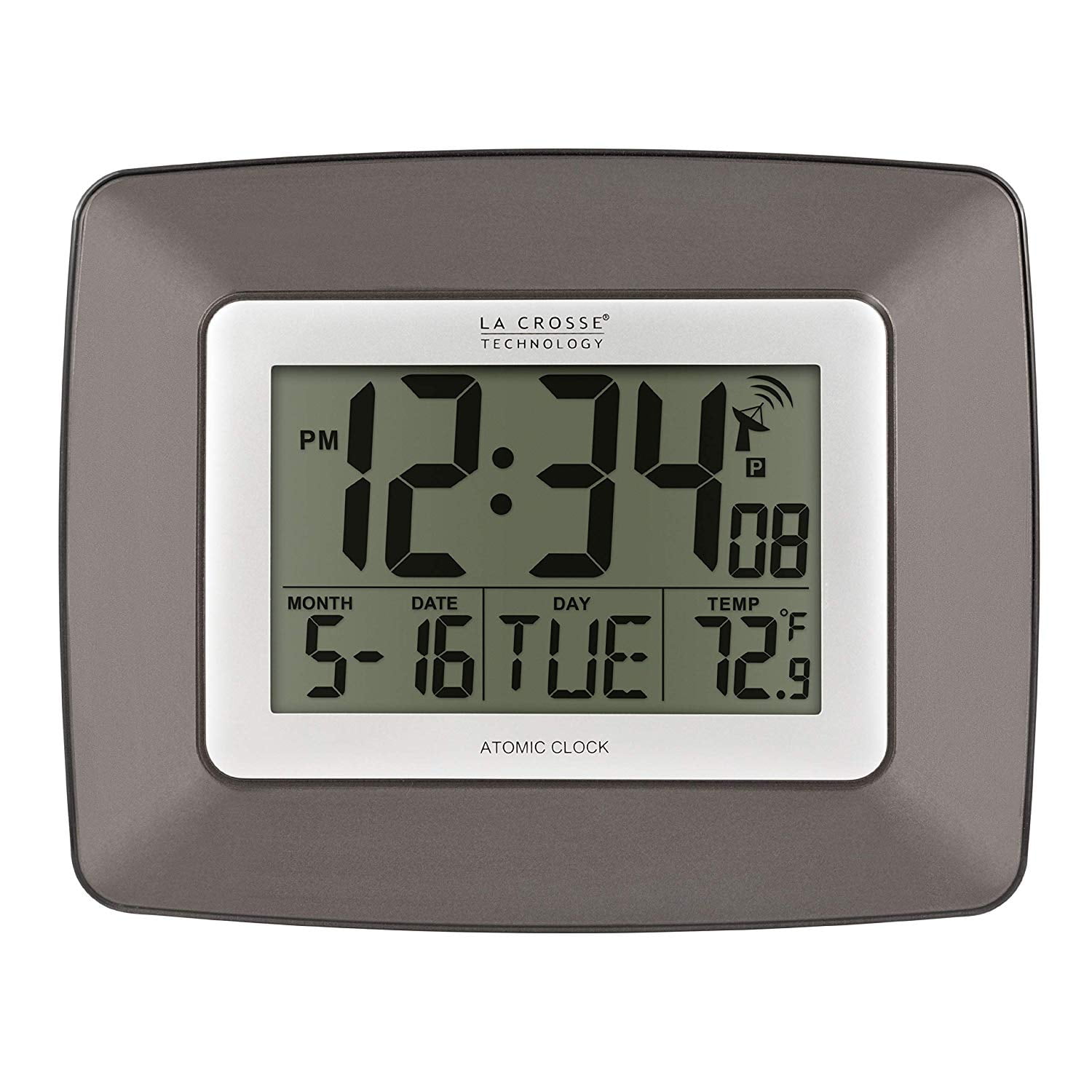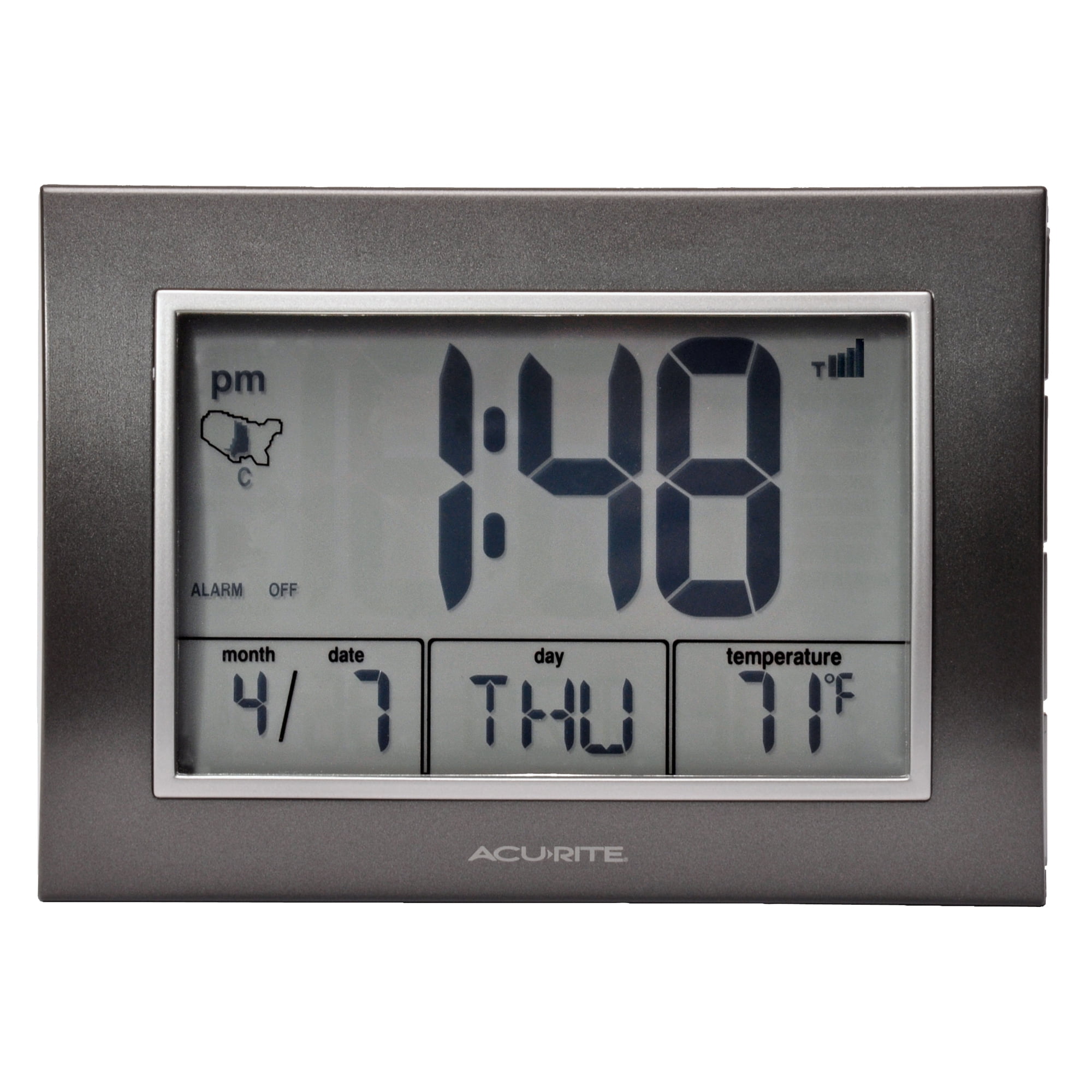
a lead researcher who is among NIST’s most prolific inventors.Many elements came together to bring the CSAC to a ready market: NIST has long been a leader in the development of atomic clocks, going back to the 1940s, and began supporting research on a chip-scale version more than 20 years ago. NIST’s chip-scale atomic clock (CSAC) has it all: technology innovation, a patent, tech transfer, commercialization, sales, important real-world applications and even museum-level fame.

Chip-Scale Bolometer and Related Technologies.Quantum Optics and Radiometry Expand or Collapse.Programmable Josephson Voltage Standards and Arbitrary Waveform Synthesizers.Mass, Force and Acceleration Expand or Collapse.On-Chip Measurements of Biofluids and Cells.

Magnetic and Electric Fields Expand or Collapse.Arnold, Single-laser, one beam, tetrahedral magneto-optical trap, Opt. Arnold, Laser cooling with a single laser beam and a planar diffractor, Opt. Arnold, A surface-patterned chip as a strong source of ultracold atoms for quantum technologies, Nature Nanotech. Arnold, Phase-space properties of magneto-optical traps utilising micro-fabricated gratings, Opt. Hinds, Design and fabrication of diffractive atom chips for laser cooling and trapping, Appl. Arnold, Diffraction-grating characterization for cold-atom experiments, JO(2016). Arnold, Utilising diffractive optics towards a compact, cold atom clock, IEEE EFTF (2016). Arnold, Grating chips for quantum technologies, Sci. Riis, Raman-Ramsey CPT with a grating magneto-optical trap, IEEE EFTF (2018). Riis, Towards a compact atomic clock based on coherent population trapping and the grating magneto-optical trap, Proceedings of SPIE 10934, 109342E (2019). Riis, Cold-atom clock based on a diffractive optic, Opt. Kitching, Laser cooling in a chip-scale platform, Appl. Riis, Towards a compact, optically interrogated, cold-atom microwave clock, Adv. Riis, Stand-alone vacuum cell for compact ultracold quantum technologies, Appl. McGilligan, A simple imaging solution for chip-scale laser cooling, Appl. This work is part of the continuing UK Quantum Technology Hub in Sensing and Metrology.įunding: EPSRC grants EP/M013294/1 and EP/T001046/1, ESA 4000110231/13/NL/PA, DSTL DSTLX-100095636R, InnovateUK EP/M50824X/1. Our latest paper on the use of GMOTs for an atomic clock, is available here. Using the technique with our micro-fabricated gratings we trap and subsequently sub-Doppler cool 87Rb atoms to a recent record of 3μK. a tripod of diffracted beams, allowing trapping in the four-beam overlap volume. Diffraction gratings are used to split and steer a single incoming beam into e.g. The GMOT arose as a planar geometry extension of our shadow-free 4-beam pyramidal magneto-optical trap. The general principle is illustrated below, and highlighted in these news items: Nature Nanotech paper, May 2013 cover + News and Views, Strathclyde News. Our cold atom clock experiments are aided by our expertise in grating magneto-optical traps (GMOTs). Atomic clocks using the same atoms cooled down 10 8 times lower than room temperature atoms can yield 10 4 times better sensitivity simply because they are 10 4 times slower and we can measure their transitions correspondingly longer.

The ultimate timekeepers are atoms, as microwave and optical transitions within a collection of isolated and most importantly identical single atoms form the ultimate accurate and precise frequency reference. Precision timing is essential in the GPS navigation system, for financial markets and for fundamental science.


 0 kommentar(er)
0 kommentar(er)
